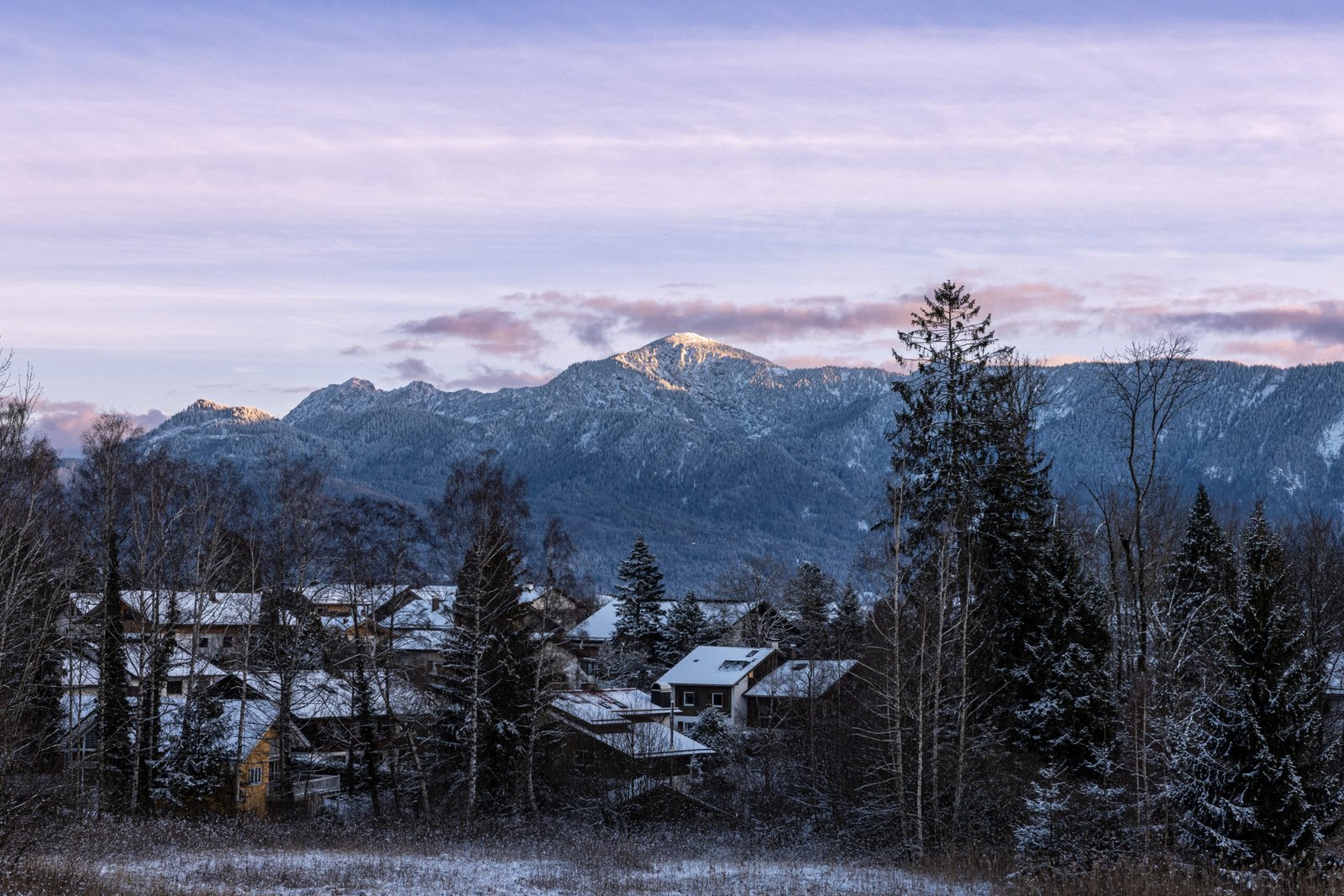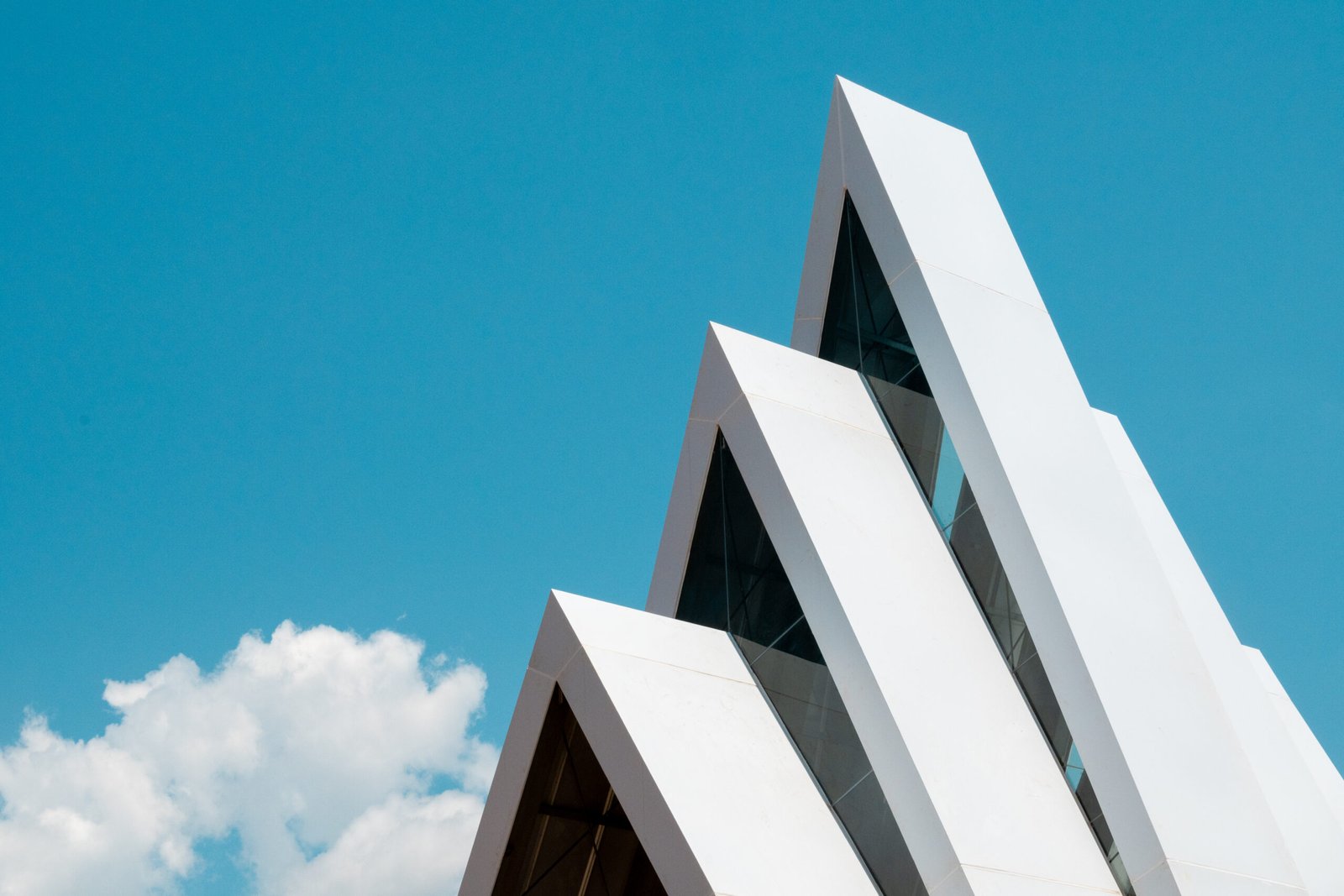
Point Lay, Alaska
So you’re interested in Point Lay, Alaska! Well, let me give you a quick rundown on this fascinating city. Nestled in the far reaches of Alaska, Point Lay is a remote and unique place unlike any other. Surrounded by stunning natural beauty, this small community offers a glimpse into the rugged frontier lifestyle. With its rich cultural heritage and close-knit community, Point Lay is a hidden gem waiting to be discovered. Take a trip with me as we delve into the wonders of this remarkable city in the Last Frontier!
Geography
Location
Point Lay, Alaska is a small village located on the Arctic Ocean coast of Alaska. Situated on the northwest coast of the state, Point Lay is part of the North Slope Borough and lies approximately 300 miles southwest of Barrow, the largest city in the region. It is remote and accessible primarily by air.
Climate
Point Lay experiences a polar climate, characterized by long, cold winters and mild summers. Temperatures can drop to frigid levels, with average winter lows below zero degrees Fahrenheit. Strong winds are common, making the already low temperatures feel even colder. Summers are relatively short and mild, with temperatures hovering around the freezing point.
Natural features
The village of Point Lay boasts stunning natural beauty, surrounded by vast stretches of tundra, tundra lakes, and the icy waters of the Arctic Ocean. The region is home to various wildlife, including caribou, polar bears, and migratory birds. The village itself is nestled between rivers and lagoons, adding to its picturesque charm.
History
Native Inupiaq settlement
Point Lay has a rich history of Native Inupiaq settlement. For centuries, the Inupiaq people have called this region their home and have relied on hunting, fishing, and gathering for sustenance. These indigenous communities have a strong connection to the land and have preserved their traditional way of life despite various external influences.
European contact
The first recorded European contact with the region occurred in the late 18th century, when Russian explorers and traders ventured into Alaska. This contact brought about significant changes for the Inupiaq people, as they were exposed to new technologies and introduced to Russian customs and practices.
Russian influence
Russian influence in the region grew during the early 19th century, as fur trading expanded. The Russian American Company, established by the Russian government, played a central role in the exploitation of fur resources and established trading posts along the Arctic coast. This era brought further changes to the Inupiaq way of life and introduced new trade dynamics.
American presence
With the purchase of Alaska from Russia in 1867, the territory came under American control, and the United States government took an increasing interest in the Arctic region. Point Lay became an important strategic location during World War II when the U.S. military established air bases and infrastructure to support defense efforts against potential threats from the north. The American presence brought economic and social changes to the village.

Demographics
Population
As of the most recent census, Point Lay has a small population of around 270 people. The population has remained relatively stable over the years, with only slight fluctuations. The village has a close-knit community, where everyone knows each other and lives in close proximity.
Ethnicity
Point Lay is predominantly inhabited by people of Inupiaq descent. The Inupiaq people have a deep-rooted connection to the land and have maintained their cultural traditions despite the influences of outside cultures. They continue to pass down their language, stories, and customs to younger generations.
Languages spoken
The primary language spoken in Point Lay is Inupiaq, an Eskimo-Aleut language. Inupiaq is an integral part of the village’s culture and identity. English is also widely spoken, and most residents are bilingual, allowing for effective communication with visitors and non-Inupiaq residents.
Economy
Traditional subsistence activities
The economy of Point Lay is primarily based on traditional subsistence activities, including hunting, fishing, and gathering. The Inupiaq people rely on these practices to provide food and materials for their community. Hunting and fishing are done in a sustainable manner, respecting the land and the wildlife.
Commercial fishing
Commercial fishing plays a secondary role in the local economy. Point Lay has access to a diverse range of fish species, including salmon, halibut, and crab. Some residents engage in commercial fishing, selling their catch to neighboring communities and larger markets.
Oil and gas industry
The oil and gas industry also plays a significant role in the economy of Point Lay, as it does in other parts of Alaska. The village is located near the North Slope oil fields, which provide employment opportunities for some residents. While the oil and gas industry brings economic benefits, it also presents challenges related to environmental impact and potential disruption to traditional subsistence activities.

Transportation
Air travel
Due to its remote location, air travel is the primary mode of transportation to and from Point Lay. The village is served by small regional airlines, with flights connecting to the nearby city of Barrow and other communities in Alaska. These flights provide essential links for residents to access basic goods, services, and medical care.
Marine transportation
During the summer months, marine transportation becomes more accessible with the melting of sea ice. Barge shipments bring supplies and equipment to Point Lay, supporting the local economy and infrastructure development. Additionally, boats and watercraft are used for subsistence hunting and gathering, offering a means of transportation within the nearby coastal areas.
Road transport
Point Lay does not have a road connection to the outside world. The village is located in a remote region without any road infrastructure. Residents primarily rely on walking or snowmobiles during the winter months for local transportation within the village.
Education
Local schools
Point Lay has a small school that serves the educational needs of the community. The school provides education from kindergarten through 12th grade. The curriculum includes the Inupiaq language and cultural studies, ensuring the preservation of the community’s heritage. The close-knit nature of the village allows for individualized attention and a strong sense of community within the school.
Higher education options
For higher education, residents of Point Lay often need to leave the village to pursue their studies. Many students choose to attend colleges and universities in larger cities or travel outside of Alaska for educational opportunities. These educational pursuits contribute to the broader development of the community and provide residents with additional skills and knowledge.
Challenges faced
The education system in Point Lay faces various challenges common to remote communities. Limited resources, such as teaching staff and educational materials, can pose difficulties in providing a comprehensive education. However, the community remains committed to providing quality education and addressing these challenges through cultural integration and community involvement.

Culture and Recreation
Traditional Inupiaq culture
The Inupiaq culture is an integral part of life in Point Lay. The community takes pride in preserving and passing down their cultural traditions, such as storytelling, dancing, and crafting. Elders play a crucial role in teaching younger generations about their heritage, ensuring the continuity of Inupiaq customs and values.
Festivals and events
Throughout the year, Point Lay hosts various festivals and events that celebrate the community’s cultural heritage. These events provide opportunities for residents and visitors to engage in traditional activities, such as blanket tosses, drumming, and traditional games. Festivals also showcase local arts and crafts, fostering pride in the community’s creativity and talent.
Outdoor activities
Point Lay offers a plethora of outdoor activities for residents and visitors to enjoy. Hunting and fishing are popular pursuits, allowing individuals to connect with nature and sustain themselves. The surrounding tundra and coastline provide opportunities for hiking, birdwatching, and photography. The untouched natural beauty of the area creates a serene and awe-inspiring backdrop for outdoor enthusiasts.
Healthcare
Medical facilities
Point Lay has limited medical facilities due to its remote location. The village has a health clinic staffed by a small team of healthcare professionals who provide primary care services. More advanced medical care and specialized treatments often require transportation to larger medical facilities in neighboring towns or cities, posing challenges for residents in need of specialized care.
Health challenges
Like many remote communities, Point Lay faces health challenges specific to its geographical location. The harsh climate, limited access to healthcare services, and socio-economic factors contribute to higher rates of certain health conditions. Mental health and substance abuse issues, in particular, present significant challenges that require ongoing support and resources.
Access to healthcare
Access to healthcare is a significant concern for residents of Point Lay. Limited transportation options and the remote location make it challenging for individuals to access timely and comprehensive healthcare services. Efforts are being made by local, state, and federal entities to improve healthcare access, including the provision of telehealth services and specialized medical clinics.
Tourism
Visitor attractions
While Point Lay is not a major tourist destination, it offers unique attractions for those seeking an off-the-beaten-path experience. The remote location, stunning natural landscapes, and opportunities for wildlife observation make it an intriguing destination for adventurous travelers. Visitors can witness the Northern Lights, explore the untouched tundra, and immerse themselves in Inupiaq culture.
Ecotourism opportunities
Point Lay is an ideal destination for ecotourism. The village’s commitment to sustainable hunting and fishing practices aligns with the principles of eco-friendly tourism. Visitors can learn about traditional subsistence activities, experience Inupiaq culture firsthand through cultural exchanges, and participate in responsible wildlife observation.
Local services for tourists
While tourism infrastructure in Point Lay is limited, accommodations are available for visitors, usually in the form of local hostels or guesthouses managed by community members. These options provide an authentic experience and an opportunity to learn from local residents. Additionally, cultural tours and guided excursions are available, allowing visitors to engage with the community and learn about their way of life.
Challenges and Future Outlook
Climate change impact
Like many Arctic communities, Point Lay is vulnerable to the effects of climate change. Rising temperatures, melting sea ice, and increased coastal erosion pose significant challenges to the village and its residents. These changes have the potential to disrupt traditional subsistence activities, endanger wildlife habitats, and impact the overall way of life in the region.
Economic diversification
The economy of Point Lay largely relies on traditional subsistence activities and the oil and gas industry. However, to ensure long-term sustainability and resilience, there is a need for economic diversification. Exploring alternative industries, such as sustainable tourism, renewable energy, and cultural preservation initiatives, can provide additional sources of income and reduce dependence on a single sector.
Infrastructure development
Improvements in infrastructure, particularly transportation and healthcare, are crucial for the future of Point Lay. Enhanced air connectivity, expanded marine transportation options, and better road connections would improve accessibility and facilitate economic growth. Investments in healthcare facilities, telemedicine resources, and specialist support would significantly enhance the quality of healthcare for residents.
In conclusion, Point Lay, Alaska, may be a small village, but it is rich in history, culture, and natural beauty. The Inupiaq people have inhabited this region for centuries, maintaining their connection to the land and their traditional way of life. Despite its remote location, Point Lay faces various challenges but demonstrates resilience and adaptability. With a strong sense of community, commitment to cultural preservation, and opportunities for sustainable tourism, Point Lay looks towards the future with hope and determination.
